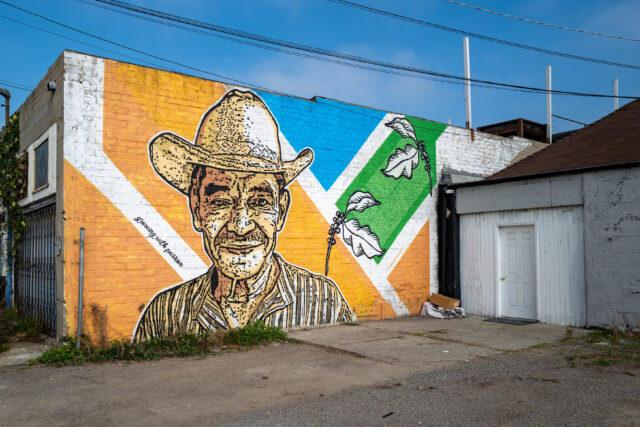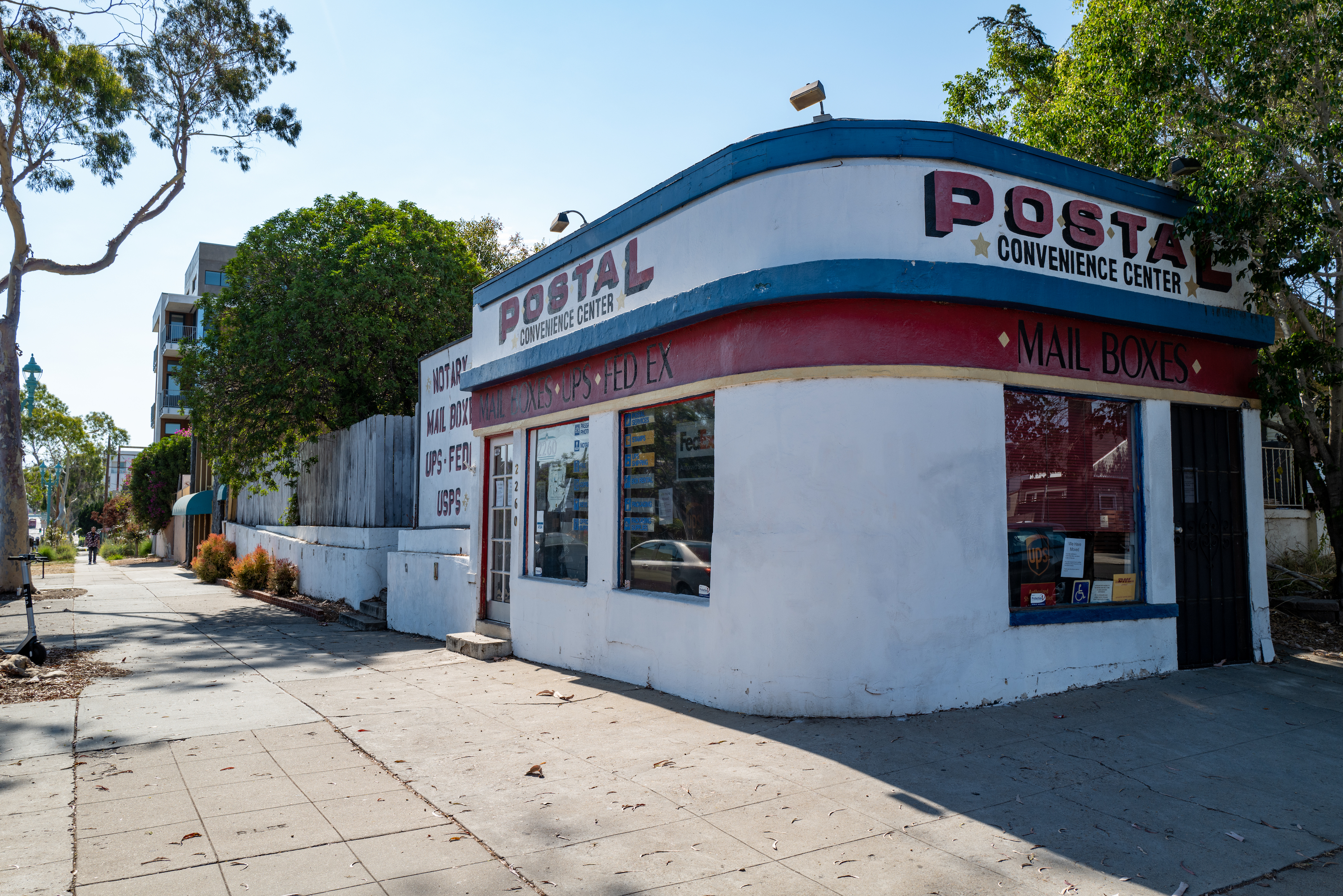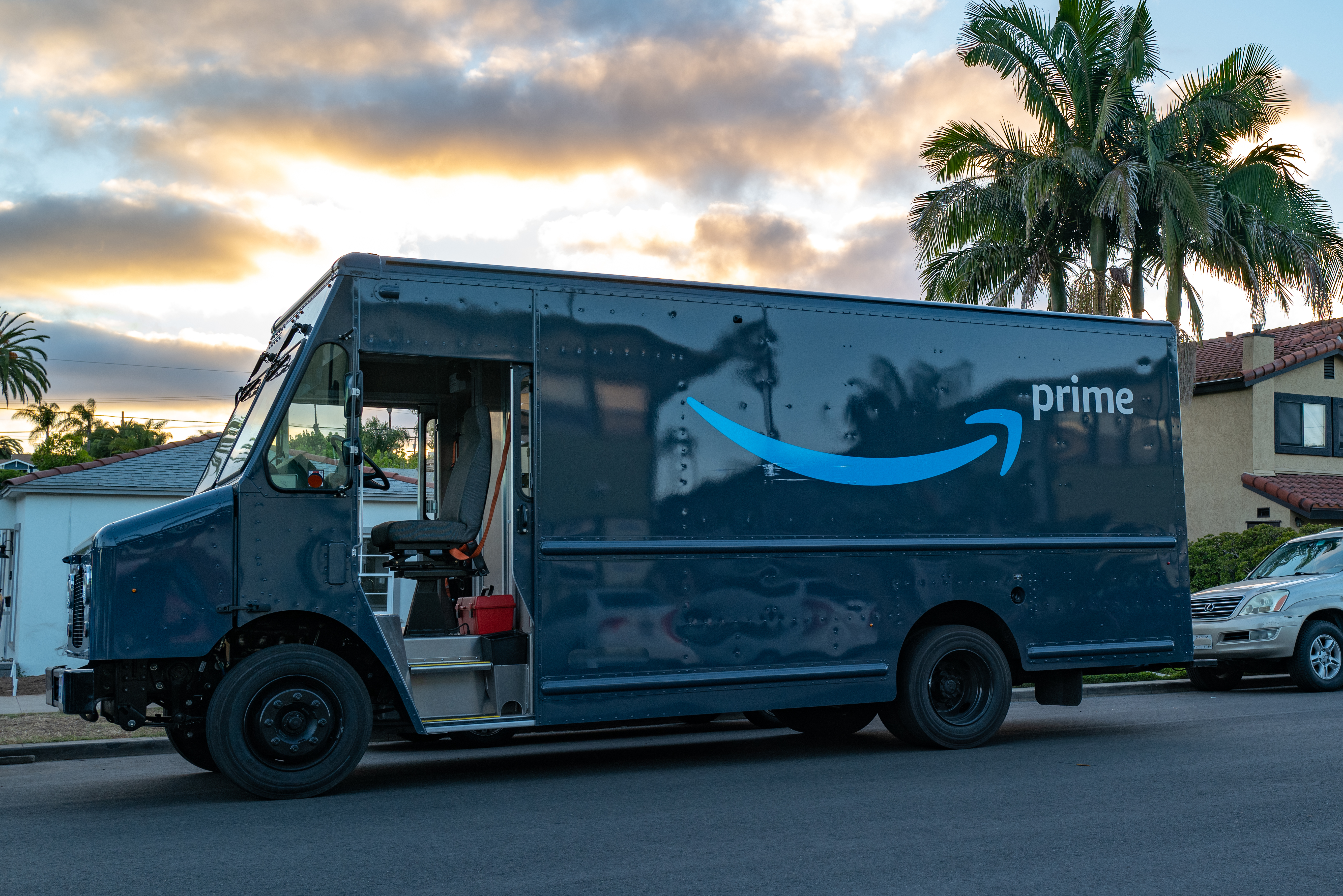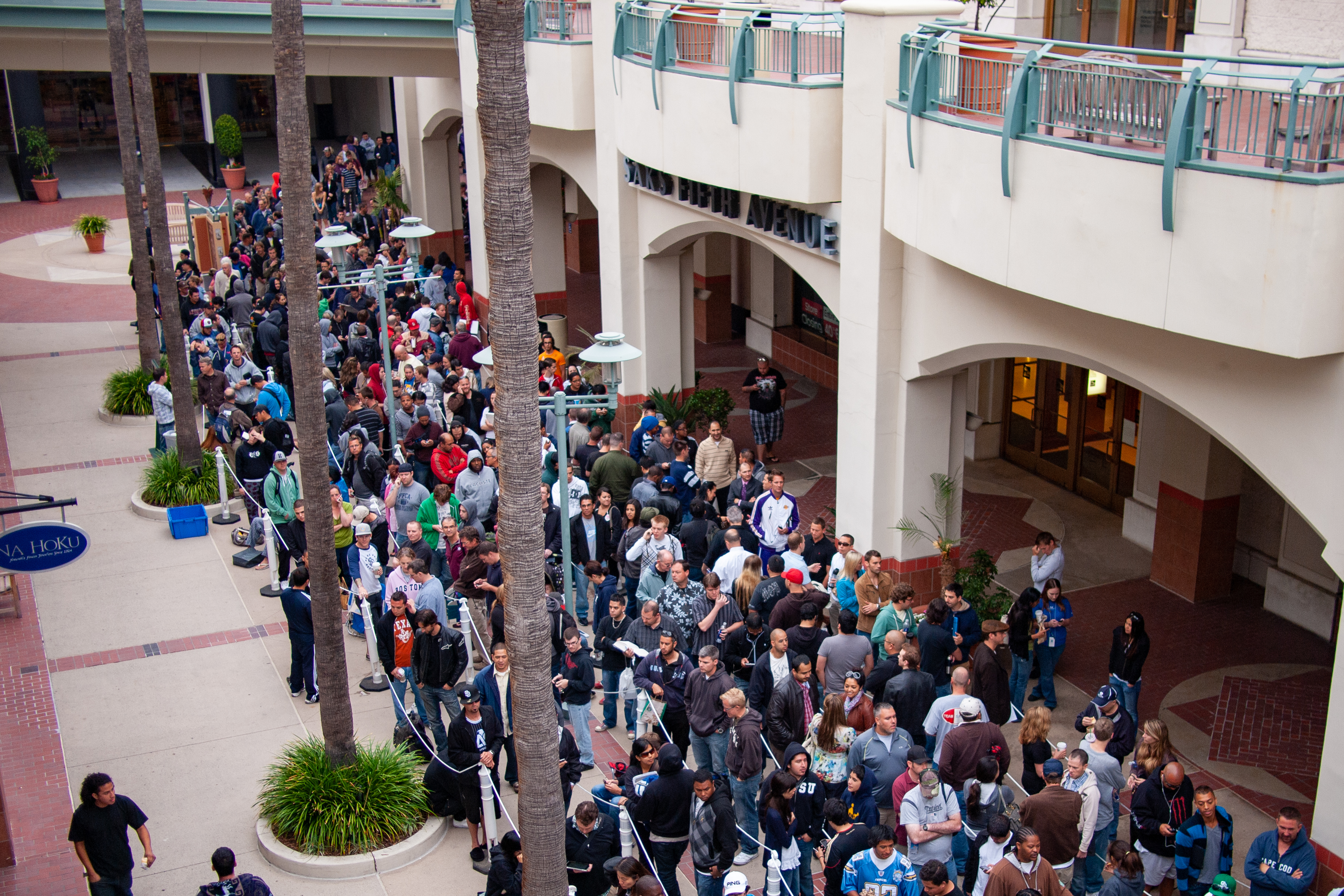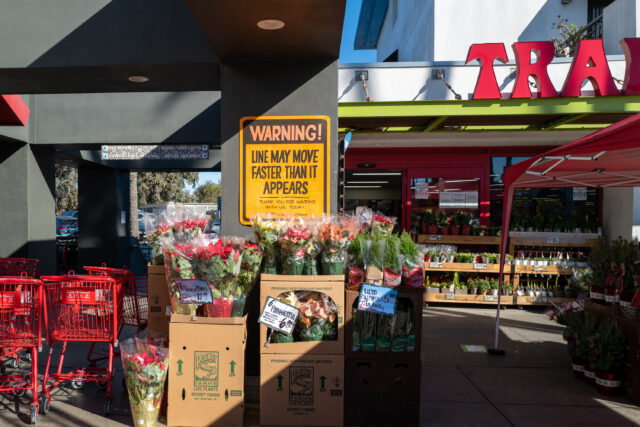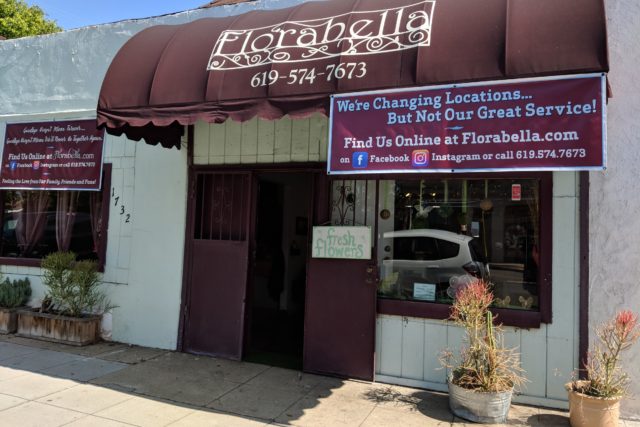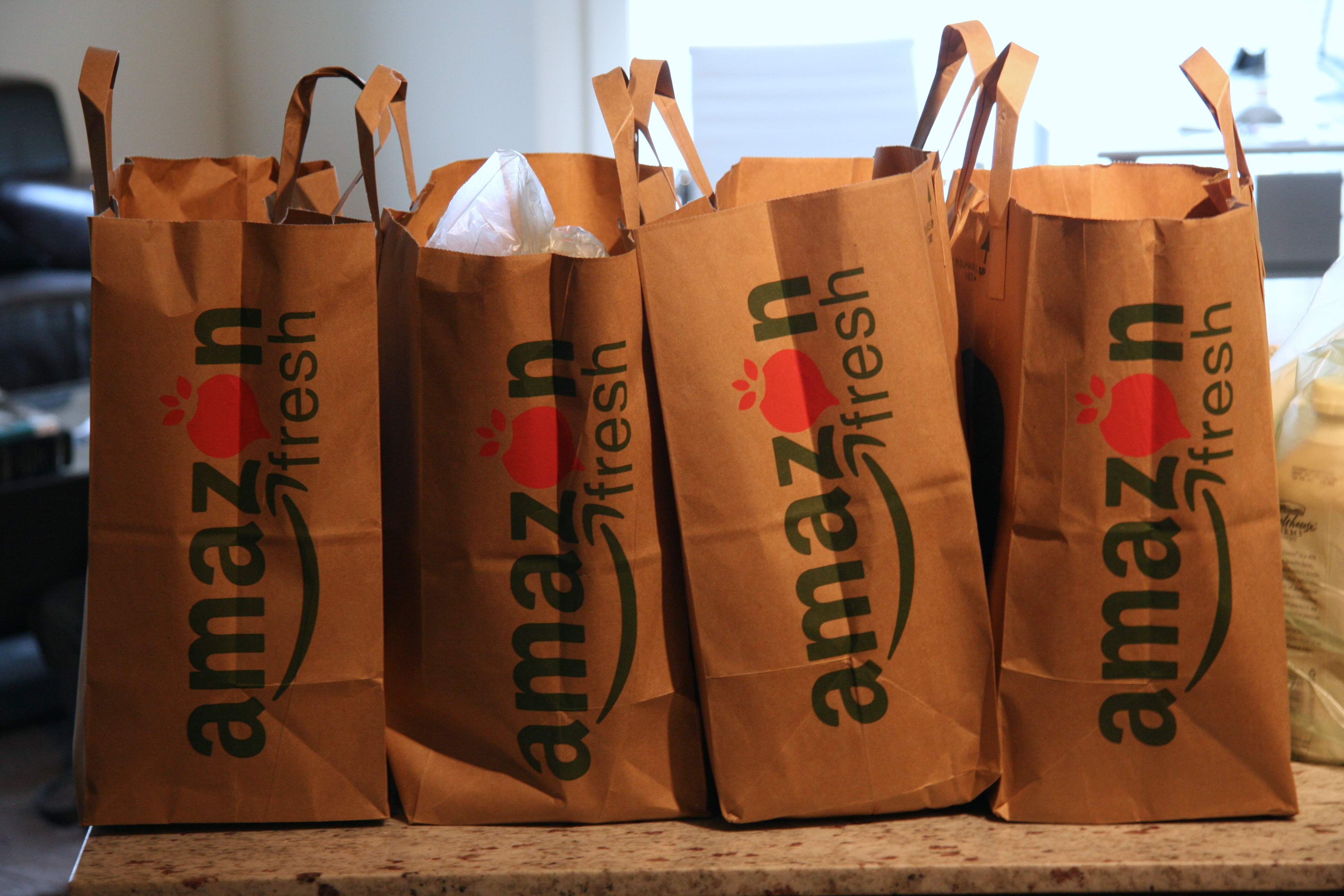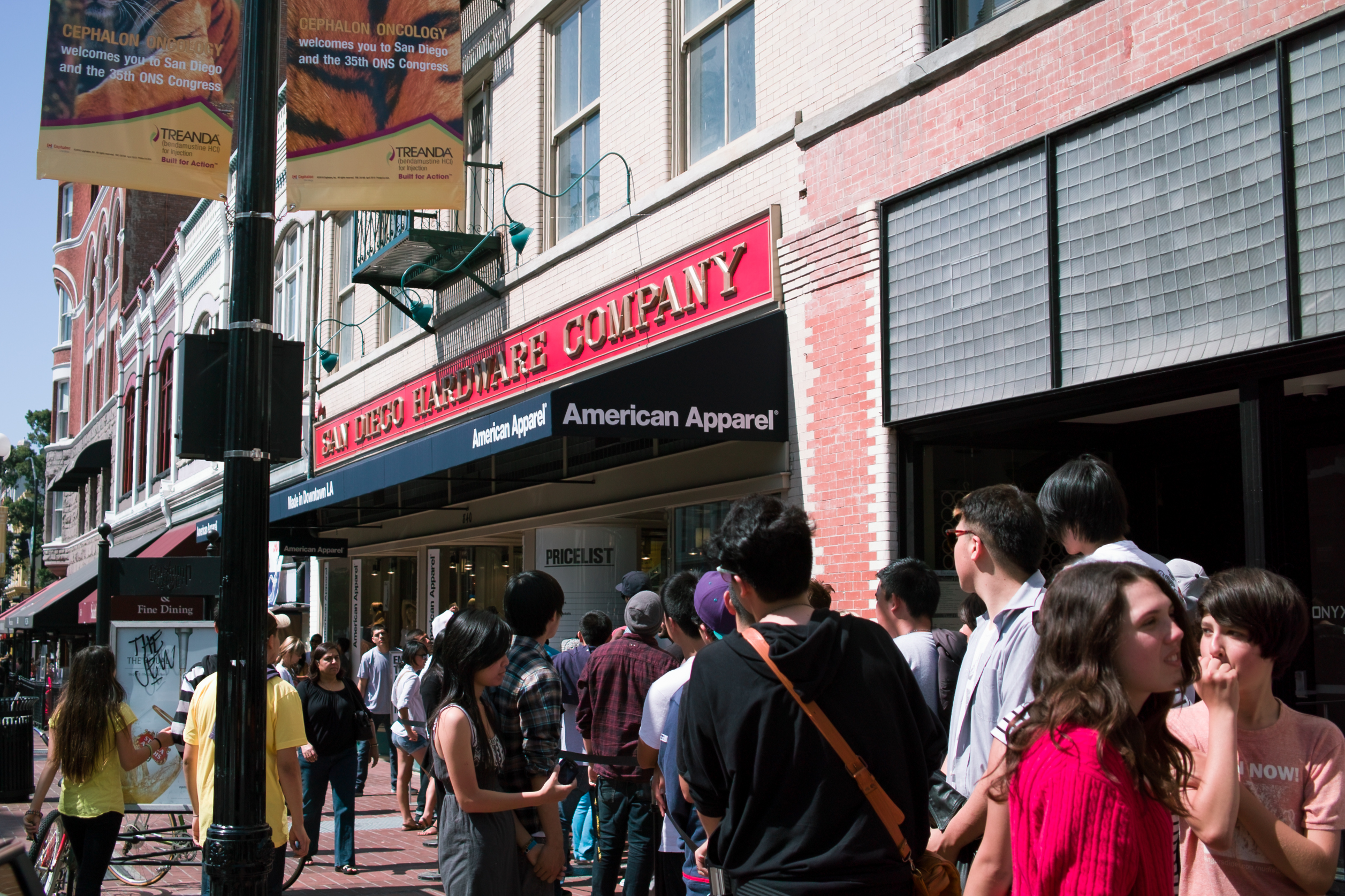Whenever walking by this mural, I often regret not photographing the lively, colorful Yipao Coffee outdoor café that once occupied this location. More importantly: What the place displaced—trees and lush green space that the (permanently closed) florist had used. Hence the irony, if you don’t see it yet, of “growing with passion”; because all that remains is dirt, on top of which vehicles park. Nothing green grows, nor the vitality of human interaction.
In late June 2018, I shared about the departure of Florabella, which had to abandon its 24-year commercial space after the landlord informed the owner that rent would triple effective July 1. I wondered: What will replace the florist? Well, Yipao took up residence in the not-long-later clearcut corner area. Interesting aside: John Adams disappeared and was discovered to be accidentally locked inside the closed floral shop, which Yipao used; perhaps for storage. He is among the “Cats of University Heights“; June 2019.
